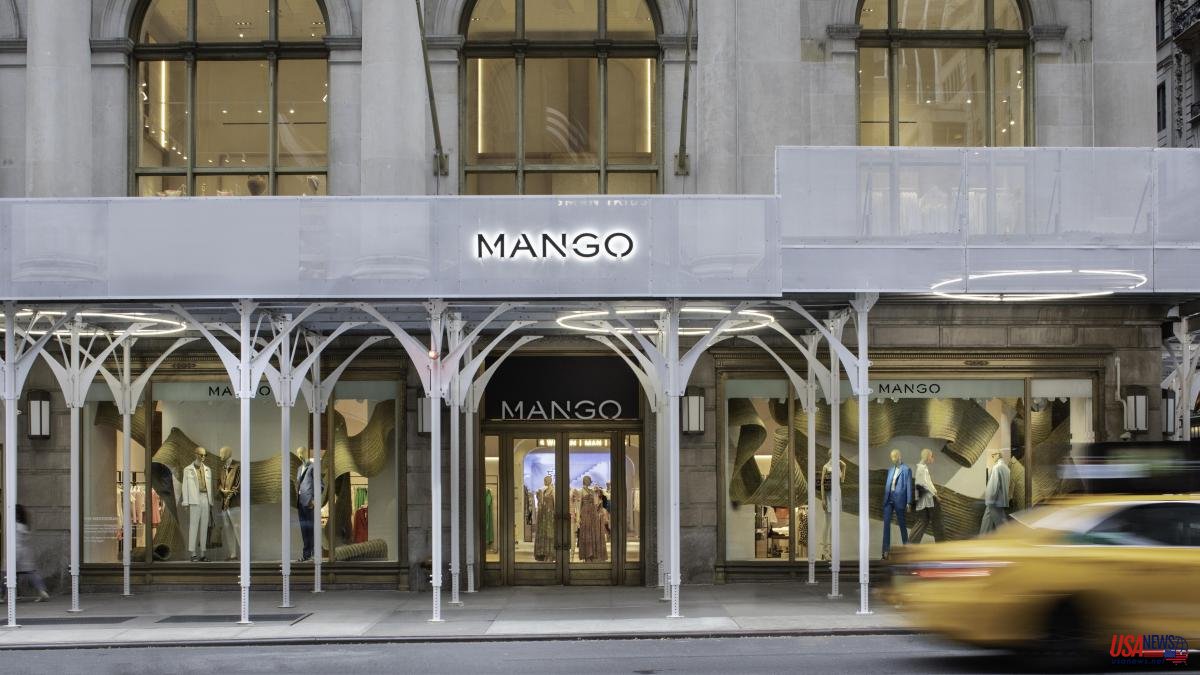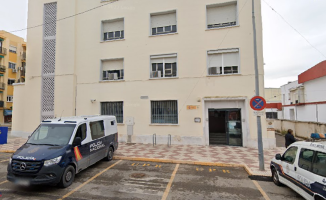The press release sent on May 22nd sounded revolutionary, modern, cool: "Mango enters the metaverse with three works of art in NFT format." NFTs or non-fungible tokens are encrypted digital assets, unique and unrepeatable, achieved through blockchain technology and especially attractive to the world of art.
The Catalan textile owned by Isak Andic launched into this new reality and, on the occasion of the opening of a large store on Fifth Avenue in New York, explained that it had created a collection of five NFTs with works by Joan Miró, Antoni Tàpies and Michael Barcelo. In addition to exhibiting the works there for a few days, Mango reported that the collection would be exhibited in the metaverse, specifically at coordinates 13.82 of the Museum District of Decentraland.
But the initiative had an unexpected and not exactly pleasant response. Visual Entity for the Management of Plastic Artists (Vegap), an institution that claims to represent 100,000 authors from around the world, filed a lawsuit against Mango in July for the alleged infringement of the authors' intellectual property rights and requested compensation of almost 1.5 million euros for non-pecuniary and property damages, as well as the adoption of unprecedented precautionary measures, without even listening to the defendant.
A few weeks ago, Montserrat Morera, head of the commercial court 9 of Barcelona, decided to hold a hearing to give Mango the opportunity to defend himself and now an order has just been published in which he decides on the precautionary measures. As stated in the letter, "the main controversy focuses on determining the extent to which Mango's rights as the owner of the original paintings reach (...) and "if turning a work of art into an NFT entails a modification of the work that can affect the rights of its author or if, on the contrary, the ownership of a physical work protects [its owner] to transform it into NFT”.
The doubts are there and will be resolved in the final judgment that follows the trial, but now it was necessary to see if the urgency in adopting precautionary measures was justified, especially considering that the Opensea platform withdrew the NFTs from its website already in June and Mango no longer had power of disposal over them.
However, the judge has considered that there is no certainty that the platform is properly guarding the NFTs and that, as has been proven in other recent cases, there is a real risk that they could be stolen. If they don't protect themselves now, adds the order, it is possible that when an eventual appraisal sentence arrives, it will already be too late.
In line with the foregoing, he explains that he sees Vegap's right to sue Mango at least with regard to the petitions for the cessation of actions, but not to claim damages. And he also admits that Mango's right to reproduce the works in the NFT format is doubtful. Therefore, the judge chooses to partially attend the request for precautionary measures.
The order given to Mango is to deposit in the court the NFT of the works Oiseau volant vers le soleil and Tète et Oiseau, by Miró; Ulls i Creu and Esgrafiats, by Tàpies; and Dilatation, by Barceló. Second, he requires the company Ozone Networks, responsible for the Opensea platform, to "transfer the aforementioned NFTs to the physical wallet that Vegap designates" so that they remain in the custody of the court until there is a final resolution. For now, the battle of the metaverse remains like this. The judge has work ahead of her on an issue that, as she admits, "raises novel issues on which there is no jurisprudential precedent either in our law or in our comparative law."













